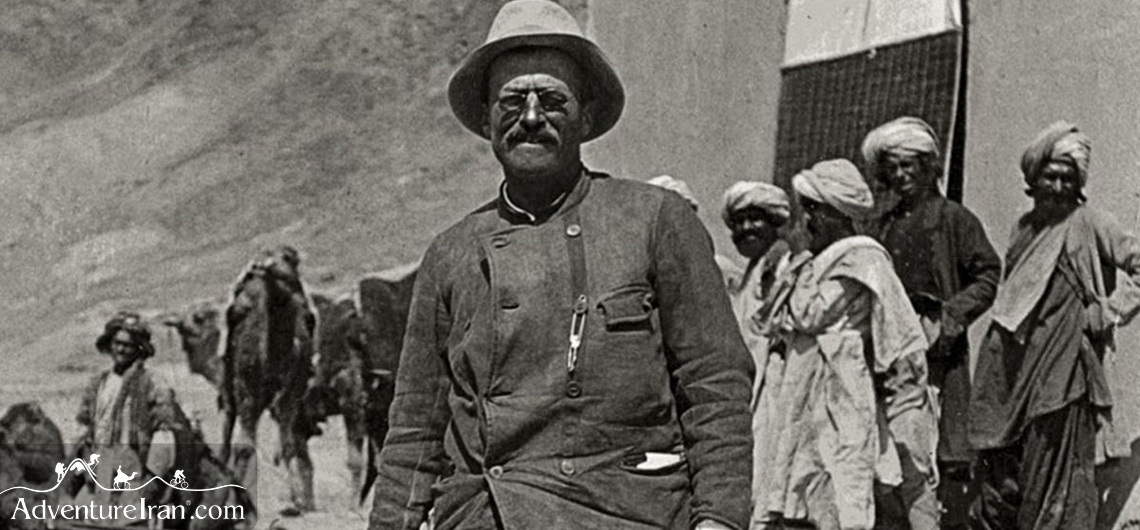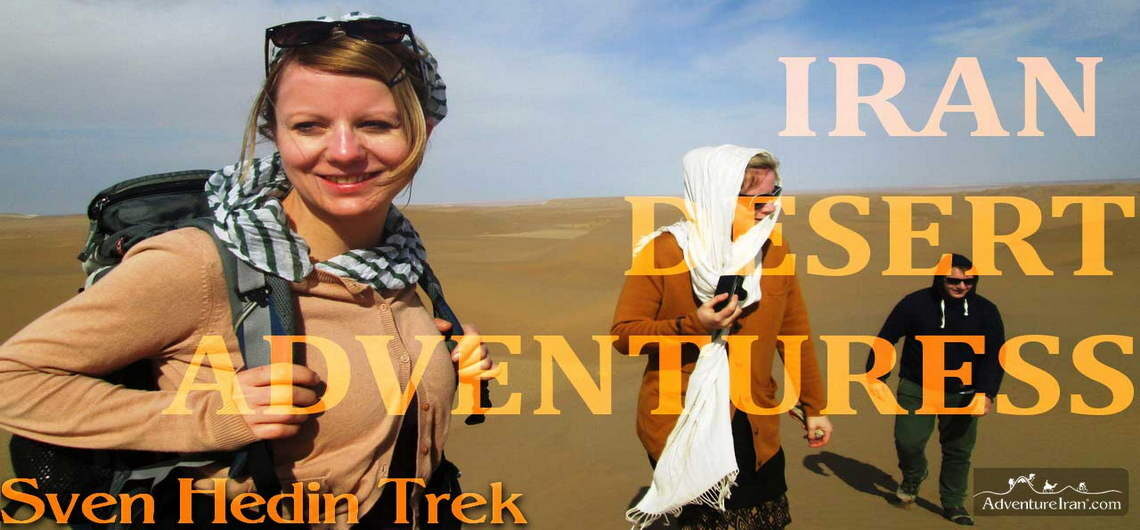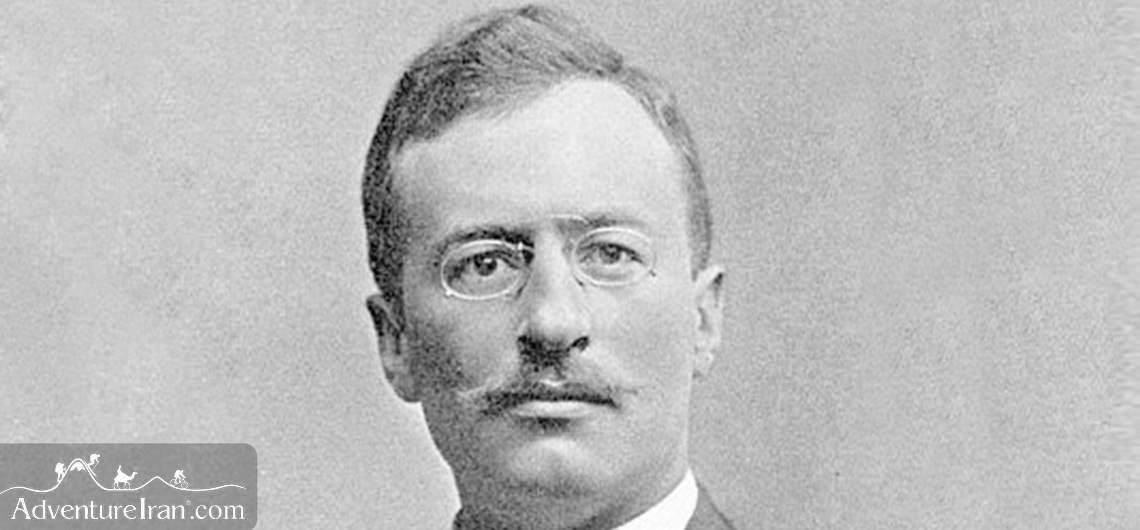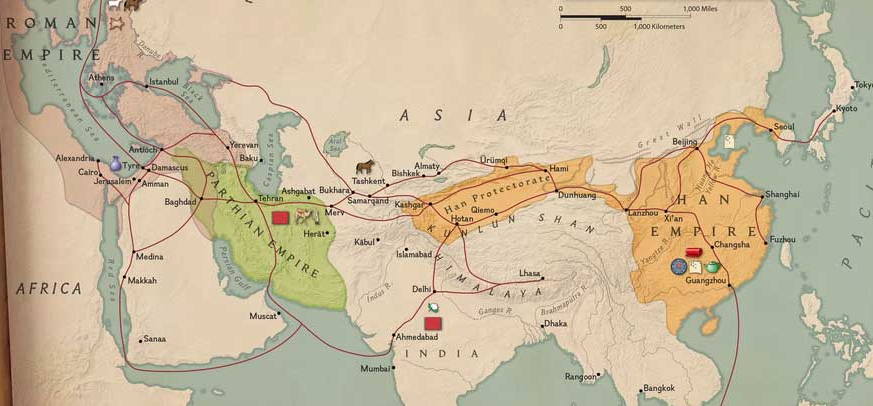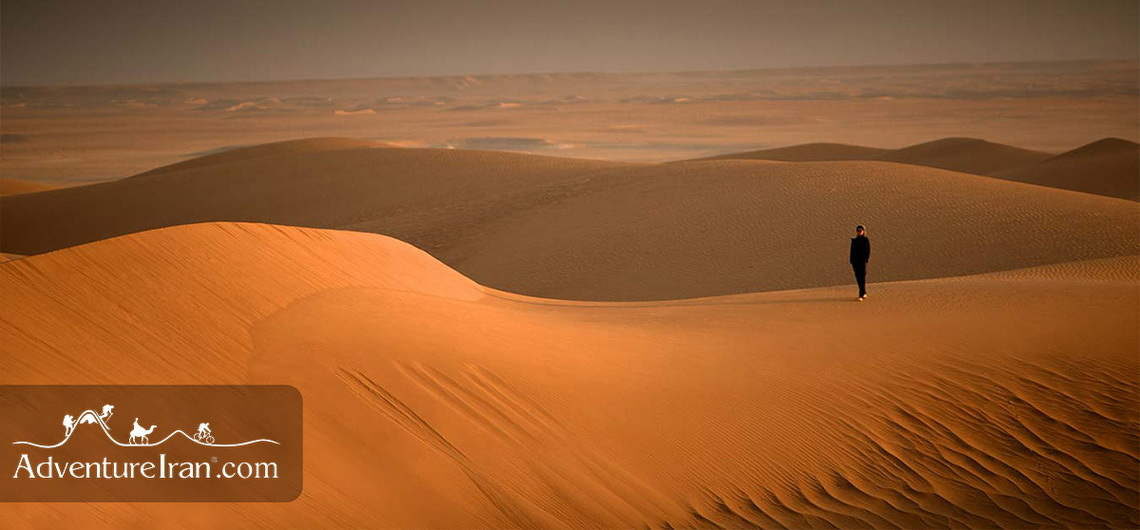Sven Hedin, a Swedish explorer, travelled to Persia and Central Asia a few times between 1886- 1902. He crossed the Iranian Deserts (Dasht-e Kavir and Lut Desert) on his adventure trip.He also learnt several Persian dialects as well as other Central Asian languages. He was a photographer, travel writer, topographer and geographer. He wrote a
Video Story: Sven Hedin’s footsteps in Iran Central Desert
- Activities, Attractions, Videos
- Caravanserai, caravanserais, Dasht-e Kavir desert, Dasht-e Kavir Tours, Dasht-e Kavir Trekking, Desert Trekking, desert trekking tours, Hiking Iran, Iran Camel Trekking, Iran Caravanserais, Iran Desert Adventure, Iran Desert Tours, Iran Desert Travel, Iran Desert Trekking, Iran Deserts, iran trekking, Oasis, Sven Hedin, Trekking Iran
Sven Hedin’s footsteps in Iran Central Desert The video is about a long desert trekking in Dasht-e Kavir desert and is made from different Adventure Iran desert trekking tours from 2011 to 2019. Unfortunately, we haven’t got much footage from our trips and the video was made from what we could get from these memorable
Sven Hedin in Iran Sven Anders Hedin, the Swedish geographer, topographer, explorer, photographer, and travel writer arrived by paddle steamer in 1886. He journeyed to Persia twice in 1886 and 1890. In 1887, Hedin published a book about these travels entitled Through Persia, Mesopotamia, and the Caucasus.Sven Hedin is Sweden’s greatest explorer and adventurer of
Iran Silk Road Iran was known as Persia during the Silk Road period. It was the main ring of the chain from East to West. It was strategically placed for the Silk Road trade with several routes passing through Iran’s ancient and beautiful country. Nowadays, Iran is no longer considered so famous for the Silk
Iran Deserts Iran DesertsThe deserts in Iran are probably its main attraction. These deserts are vast and spectacular covering 25% of the entire country. The two main ones are Dasht-e Kavir and Dasht-e Lut, both being gigantic. Dasht-e Kavir, also called Kavir Desert, Iran Central Desert, or in Persian Kavir Markazi-e Iran is situated to

